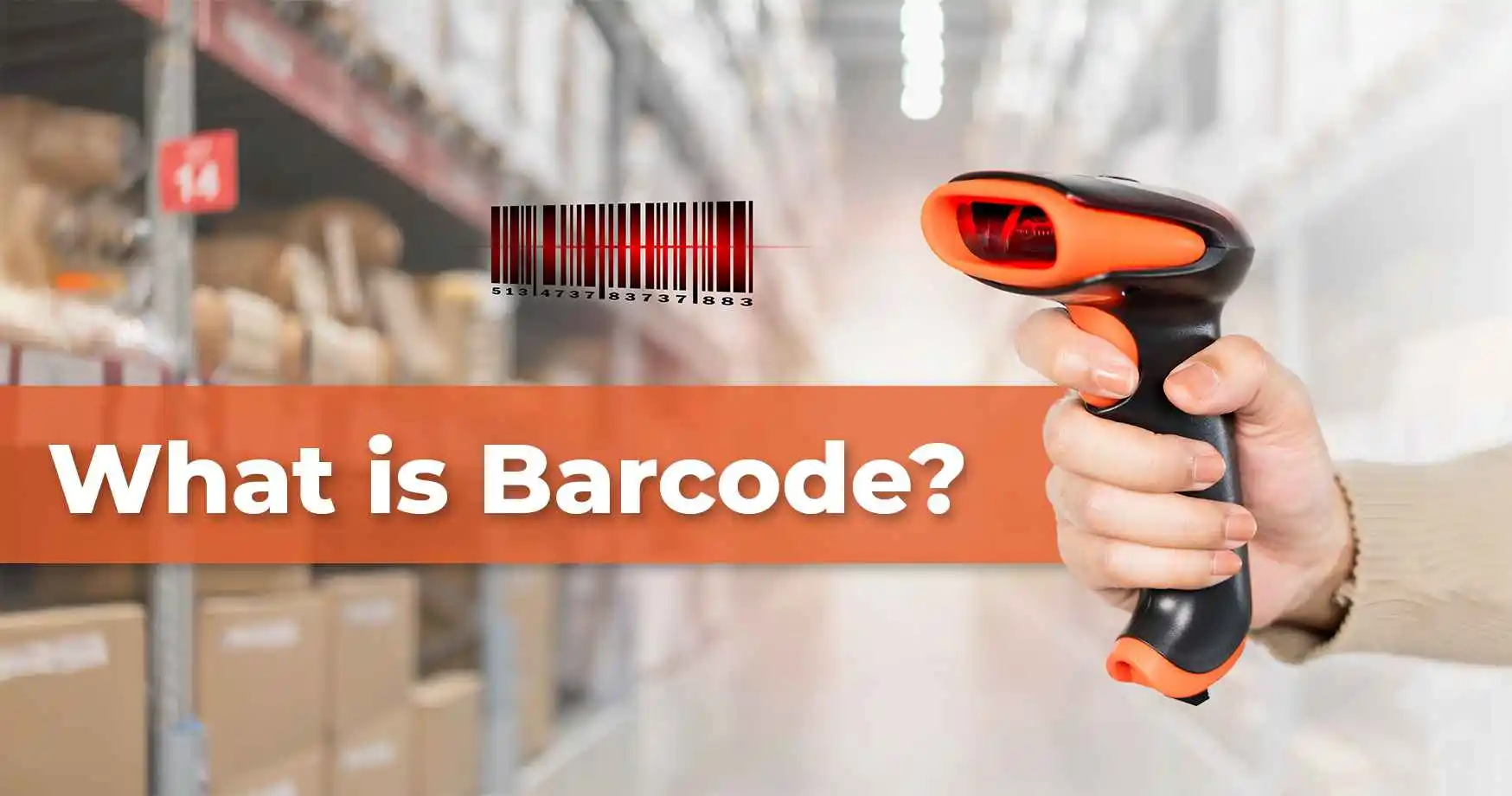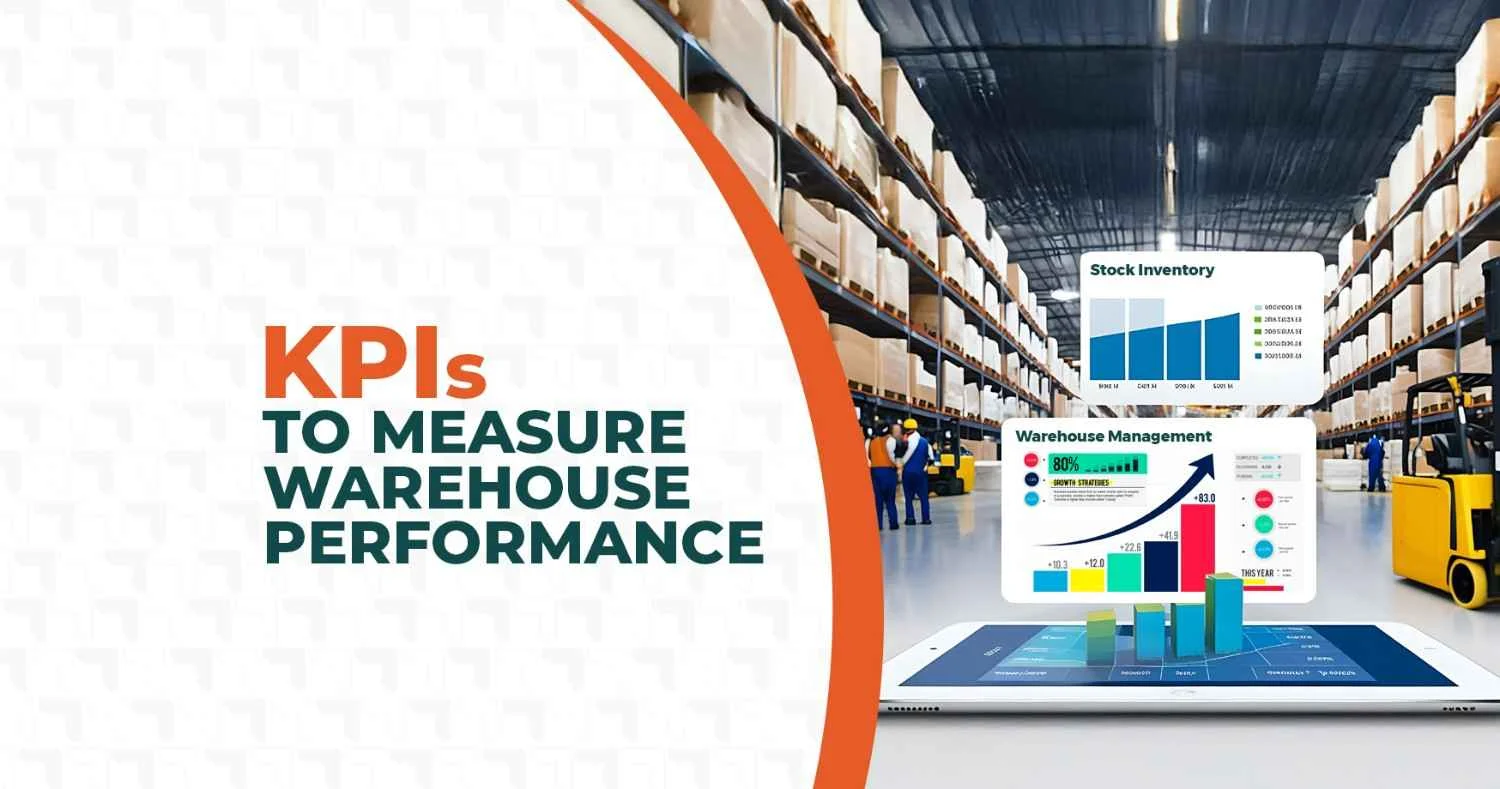
What is Barcode?
A barcode is a machine-readable graphic used for product or person identification and storage of pertinent data about them. It is a square or rectangular image with a pattern of black and white lines of varying thickness and height. Known as bars, these lines show data that a barcode scanner or reader may scan and decode. A barcode serves primarily to enable quick, automatic tracking of data and easy access to information. Barcodes simplify inventory control, point-of-sale transactions, and other commercial operations by encoding data in a visual form, therefore improving speed and accuracy in many different sectors.
History of Barcodes
Barcodes have evolved since the early 20th century, including notable milestones. In the 1940s, machine-readable codes were proposed, but barcodes didn't revolutionise retail until the 1970s. The Marsh Supermarket in Troy, Ohio, performed the first barcode scan on June 26, 1974, launching barcode history. A multi-pack of Wrigley's Juicy Fruit chewing gum was scanned due to its size and barcode printing difficulty. Marsh Supermarket head of research and development Clyde Dawson was the first "shopper" to engage in the scan, while Sharon Buchanan was his cashier. The checkout equipment from the National Cash Register and the pricing machines from Hobart Corporation helped barcodes become widely used. This event, which launched the Universal Product Code (UPC), marked the beginning of barcodes' evolution from simple product identification to sophisticated, globally standardised systems used in retail, healthcare, and logistics.
Advantages of Using Barcodes
Barcodes have many benefits that can make running a business a lot easier.
1. Improved accuracy and reduced human error:
- Barcodes eliminate the risks that come with entering data manually, making things more reliable and accurate. This cuts down on mistakes that could otherwise cost a lot of money.
2. Faster data collection and processing:
- Barcodes make it possible to quickly capture and process information, which speeds up tasks like checking out, updating inventory, and managing assets. There is a big time savings because of this.
3. Cost efficiency and streamlined operations:
- Barcodes are cheap to make and print, which makes them a good choice for businesses. They simplify tasks, cut down on labour costs, and make the whole process more efficient.
4. Enhanced inventory and asset tracking:
- Barcodes are an important part of inventory management because they help companies keep correct records of their stock and assets in real time. This lowers the risk of overstocking and running out of stock, making the supply chain more efficient and increasing responsibility.
Barcodes also help with less training for employees, getting used to new technologies, and making customers happier by making sure that packages and equipment are tracked correctly.
How Barcode Works?
Barcodes are strings of black and white bars with different widths that indicate numbers, characters, or other symbols. A laser or camera-based scanner reads a barcode's pattern and converts it to a system or computer-readable format.
Here’s a step-by-step guide to how a barcode works:
a. Barcode scanning:
A laser or image-based sensor scans the barcode's bars. Light reflected from the barcode returns to the scanner, allowing it to detect bar thickness and spacing.
b. Decoding the data:
The scanner converts the reflected light into a binary code (1s and 0s) that represents the barcode data. Decoded data is sent to a linked computer, POS, or warehouse management system.
c. Data processing:
The system retrieves product descriptions, prices, and availability from decoded data. The system can update inventory, create a receipt, or do other automated activities.
d. Real-time updates:
Scanning barcodes in real time ensures efficiency and accuracy in inventory, pricing, and transaction data.
Barcodes simplify data gathering and improve accuracy in inventory management, checkout, and asset monitoring, making them vital in modern business.
Components of Barcode
Several important parts make up a barcode. These parts work together to store and send information about a product or thing. Understanding these parts is essential to understanding how barcodes work in real-life situations like shopping, inventory management, and logistics.
These are the main parts of a barcode:
a. Quiet zone:
The empty spot at the start and end of a barcode is called the "quiet zone." This space makes sure that the barcode scanner can find the beginning and end of the barcode without any markings or items getting in the way.
b. Number system digit:
The first digit of a UPC (Universal Product Code) barcode tells you what kind of product it is. This helps sort the items being scanned into groups, like food, electronics, or clothes.
c. Manufacturer code:
The manufacturer code is a set of characters that comes after the number digit and uniquely identifies the company that made or supplied the goods. In most cases, a world standards organisation gives this.
d. Product code:
It is a string of characters that tells you exactly what the product is. Businesses can tell the difference between different goods made by the same company using this code, which is unique to each item.
e. Check digit:
The last number in the barcode is used to detect errors. It helps make sure the data is right and shows up any scanning mistakes that might happen.
Because of these parts, barcodes can store and send correct information about products, making them a useful tool for tracking, managing inventory, and setting prices.
Barcode Applications in Various Industries
Barcodes increase productivity, decrease errors, and track items and assets in many enterprises. Below are some prominent barcode applications across industries:
1. Retail:
In retail, barcodes are utilised for pricing, inventory, and checkout. Fast and accurate barcode scanning speeds POS transactions. Fruits and vegetables use GS1 Databar barcodes for batch numbers and expiration dates. Stock management is simplified as expired products are not sold. Barcode systems simplify reordering and stock-out prevention by tracking stock levels in real time. Walmart and other big stores use barcodes to automate inventory and reduce stock checks. Barcodes link with payment systems, enabling UPI and digital wallet payments and improving checkout.
2. Healthcare:
Barcodes are useful in healthcare for patient tracking, prescription management, and equipment monitoring. Wristbands with patient ID and medical information barcodes reduce errors and improve care. Medication barcodes ensure that patients receive the appropriate prescriptions and dosages, boosting safety. Hospital Barcodes for Medication Administration (BCMA) systems reduce medication errors and improve patient safety. Barcode medication administration reduced drug mistakes at the Cleveland Clinic.
3. Logistics and Warehousing:
Logistics and warehouse management solutions track freight, inventory, and locations with barcodes. Due to its versatility, logistics uses Code 128 barcodes to track shipments, identify products, and manage warehouse inventory. Real-time supply chain tracking with barcodes reduces errors and ensures product placement. Barcode scanning helps UPS track and deliver shipments on time. This system saves time and updates clients on shipments.
4. Manufacturing:
Barcodes track industrial quality, assets, and processes. To assure quality and punctuality, barcodes track materials, tools, and equipment throughout production. Real-time quality inspections help manufacturers enhance product quality. For instance, barcodes help General Motors (GM) organise production line components. GM uses barcodes to eliminate errors and boost output. Asset management barcodes track and maintain machinery, decreasing downtime and extending life.
In short, barcodes improve operational efficiency, eliminate errors, and track products and assets across sectors. Barcodes boost company processes and help organisations remain ahead in today's fast-paced environment in retail, healthcare, logistics, and manufacturing.
Ways to use barcode
Barcodes can boost efficiency, streamline procedures, and improve consumer experiences. Companies in many industries use barcodes for retail management and security.
Below are some significant barcode uses:
1. Retail and inventory management
Retailers need barcodes to track products and inventory. Businesses reduce customer wait times by scanning barcodes at checkout for fast, precise transactions. Barcodes help businesses manage stock and maintain appropriate inventory levels. Real-time stock updates increase order fulfilment and reduce overstocking and stockouts using automated solutions.
2. Document management
In large-scale document management, barcodes can organise and retrieve paperwork rapidly. Documents with barcodes are easier to find and retrieve, reducing human filing errors. Each document can be scanned by pointing the barcode to a specified area, thereby helping the staff to locate documents quickly.
3. Delivery Tracking
Shipping and delivery tracking depend on barcodes. A barcode is scanned to update delivery status and notify customers in real time. Customers can track orders and organise delivery or pickup conveniently. Barcodes eliminate tracking errors and increase delivery transparency.
4. Customer Engagement
Barcodes can engage customers with products and brands through interactive experiences. Marketing campaigns can use barcodes to link to fascinating data, videos, or special offers. This increases customer interaction and personalised marketing strategies.
5. Security
Security systems employ barcodes extensively. Secured access to facilities, data, and systems can be achieved by linking barcodes to user codes. Logging in to secure locations or systems with barcode badges or ID cards is quick and easy for employees.
Barcodes help businesses improve operational efficiency, security, and consumer experiences in many ways. Barcodes are used in retail, document management, delivery tracking, consumer involvement, and security.
How to Choose the Right Barcode for Your Needs?
For best performance and compatibility, consider three critical aspects when choosing a barcode for your business or application. The barcode you choose should match your industry, the amount of data you need to hold, and the scanning environment.
The following key elements will help you decide:
Type of information
First, decide what type of data needs to be stored in the barcode. Some barcodes contain numbers or alphanumeric data, while others store images or signatures. For tracking products with simple serial numbers, a 1D barcode may work, but for sophisticated data like fingerprints or photos, a PDF417 barcode may hold a lot.
1. Compatibility
Another consideration is compatibility. Choose a barcode scanner type that fits your industry's software. Standards and regulations mandate certain barcodes in some businesses. For example, GS1 DataBar is used in healthcare for item monitoring and labelling, while Code 128 is used in warehouses for internal inventory control.
2. Size
Consider barcode size in proportion to product label or container space. QR codes are small and hold a lot of data, making them ideal for mobile apps and small locations. As they hold greater files, barcodes like PDF417 and GS1 DataBar may take up more space. Therefore, choose a barcode that fits your label size.
3. Resistance
Consider wear and tear resistance if your barcode will be utilised in tough conditions. Industrial and outdoor barcodes may need to endure dirt, moisture, and abrasion. Choosing a barcode that can be printed on robust materials or employing a 2D barcode (like QR code or PDF417) may assure longevity and readability under harsh situations.
4. Industry standards
Finally, researching industry norms and laws is crucial. Your barcode type must meet industry standards. Booksellers and libraries utilise EAN, while logistics uses ITF14 to label corrugated cartons and outer cases.
Some prominent barcode types and their best uses are:
- Code 128: A small, high-density barcode that encodes most typeface characters. Internal inventory systems and general-purpose applications benefit from it.
- QR Code: A versatile, easy-to-use barcode that stores vast amounts of data and is utilised in marketing, consumer engagement, and product information exchange.
- PDF417: It is a 2D barcode that can store photos, fingerprints, and signatures. Suitable for encoding comprehensive data.
- GS1 DataBar: It can contain more data than a UPC barcode, making it valuable in healthcare and couponing. Industries that need detailed product information use it.
- 1D Barcode: It enables fast, accurate scanning of linear barcodes. Automated systems, POS systems, and basic inventory management use these.
- EAN (European Article Number): Booksellers, libraries, and wholesalers utilise EAN, which is a 13-digit barcodes, to monitor books and products throughout Europe.
- ITF14: It is designed for outer cartons in Logistics. Used to track shipments and is printed on corrugated cartons for warehouse scanning.
Barcode vs. Other Identification Technologies
In addition to barcodes, RFID and NFC are employed for tracking and data management throughout sectors. Each technology has unique qualities that suit different applications.
The below comparison compares barcodes, RFID, and NFC on cost, range, and data storage.
1. Barcodes
Barcodes are popular since they're cheap and easy to use. Ideal uses include:
- Cost: Barcodes are cheap and easy to print; therefore, cost matters.
- Direct line-of-sight scanning: Since barcode readers need a clear view of the barcode to capture data, direct line-of-sight scanning is possible.
- Limited data storage: They can record product codes and prices but not large datasets.
Barcodes are widely used in retail and inventory management to monitor products and check out at the register.
2. RFID
RFID uses radio waves to read tag data for wireless tracking and identification. RFID tags have many advantages over barcodes:
- Longer range: RFID readers can read tags without a direct line of sight, making them ideal for bulk scanning or conveyor belt tracking.
- RFID tags can store more data than barcodes and can be overwritten for real-time updates.
- Higher cost: RFID tags and systems cost more than barcodes, limiting its use to real-time, mass data reading but not as cost-effective for large-scale operations or many products. Since RFID is more expensive, it is usually employed in supply chain management and inventory control where its superior tracking capabilities exceed the cost.
- Use Case: Logistics and warehousing use RFID to track inventories without scanning each item.
3. Near-Field Communication
NFC is a subset of RFID used for contactless payments, secure data transfer, and customer engagement:
Short-range communication: NFC protects sensitive data by requiring a few centimetres between reader and tag.
Moderate data capacity: NFC tags retain more data than barcodes but less than RFID technologies.
Moderate cost: NFC is cheaper than RFID but more expensive than barcodes.
Customers can tap their devices to learn more about a product or make safe payments using NFC.
Conclusion
Barcodes are crucial to modern enterprises because they expedite processes, improve accuracy, and efficiently manage inventories and assets. Barcodes simplify procedures and reduce errors in retail, healthcare, logistics, and manufacturing, helping firms improve service and transparency.
Barcodes, an established and widely adopted technology, continue to evolve with new applications and integrations that improve their usefulness and adaptability. Barcodes are still valuable, promising more efficiency and functionality for industries globally as barcode varieties and scanning technologies improve. Their reliability and ease of use make them essential for data management, asset tracking, and process automation, keeping industries competitive and ready for change.
FAQs
1. What is a barcode in simple words?
Barcodes are short lines and gaps on retail items, ID cards, and postal mail. It encodes a unique number or code to identify things, people, or locations.
2. What are barcodes and their meaning?
A barcode contains three major parts: the first six digits, known as the manufacturer’s identification number; the next five, which are the item’s unique number; and the final digit is a check digit ensuring that the code was scanned correctly.
3. Why is a barcode used?
Barcodes retain product information using bars and numbers fast and accurately, making it easier to ring up things, track warehouse stock, and improve data collecting. Businesses save time, improve accuracy, control inventory, and cut expenses with barcodes.
4. Where are barcodes used?
Barcodes were first developed for grocery stores but are now used in doctor's offices, legal companies, post offices, retail establishments, security applications, automobile rentals, and more to improve efficiency and monitoring.
Share this page
Get in Touch
Ready to take your business to the next level with BCI (Bar Code India)? We're just a phone call or email away.



